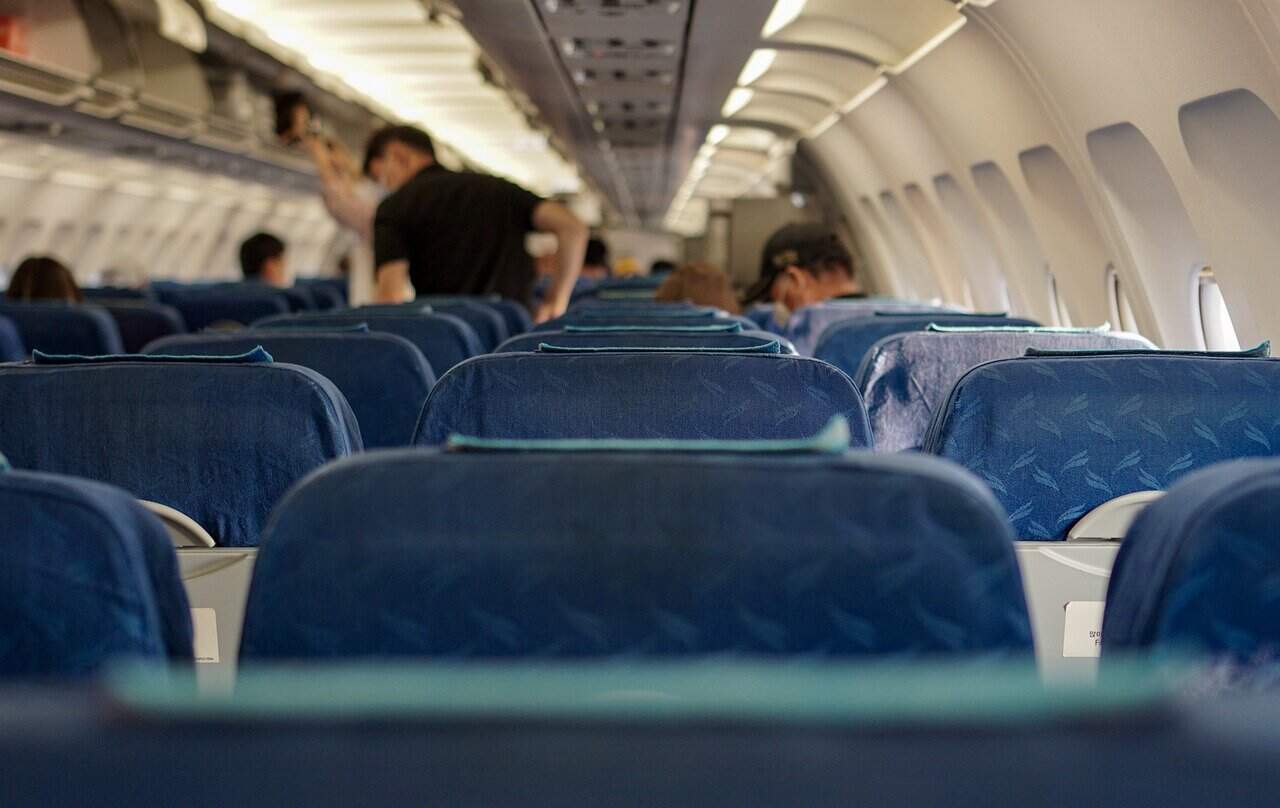As the US federal government enters a partial shutdown starting today October 1, travelers heading to Costa Rica face potential hurdles. The impasse stems from budget disputes in Congress, leaving hundreds of thousands of federal workers without pay. While flights between the US and Costa Rica remain operational, the ripple effects touch everything from airport lines to economic fallout here in Central America.
Air travel takes the first hit. In the US, Transportation Security Administration (TSA) agents screen passengers without immediate compensation, a setup that led to high absenteeism in past shutdowns. Back in 2018-2019, sick calls spiked, forcing checkpoint closures and hour-long waits at major hubs like Atlanta and Miami. Today, with over 61,000 TSA workers affected, similar issues loom. Flights departing from US airports to San José (SJO) or Liberia (LIR) could see delays, as backed-up security slows boarding.
Federal Aviation Administration (FAA) staff, including 13,000 air traffic controllers, also work unpaid. Their role in managing airspace keeps planes moving, but morale dips and staffing shortages build over time. Training programs halt, worsening existing gaps in the system. For international routes like those to Costa Rica, this means possible flight postponements or reroutes. Airlines have not canceled services yet, but prolonged shutdowns historically trigger reductions in schedules.
Passport processing adds another layer for US citizens planning trips. Routine applications through the State Department slow down, as non-essential operations pause. Expedited requests might still process if fees cover costs, but delays stretch weeks longer. US travelers to Costa Rica need a valid passport for entry, with no visa required for stays under 90 days. Those without current documents risk missing out if renewals stall.
On the Costa Rican side, the US Embassy in San José adjusts operations. Visa and passport services for applicants continue as long as resources hold, with scheduled appointments honored. However, routine updates on social media and websites stop, except for urgent safety alerts. Notarial services and other consular support proceed with limitations. This setup maintains flow for Costa Ricans seeking US entry, but broader disruptions could strain bilateral ties.
Economically, Costa Rica feels the pinch. The US supplies over half of our international tourists, with millions visiting annually for beaches, volcanoes, and eco-adventures. A shutdown dampens US consumer confidence, curbing discretionary spending on vacations. Analysts project the US travel sector loses $1 billion weekly from halted park visits, delayed trains, and airport chaos. This compounds a 2025 drop in inbound tourism to the US, down due to global tensions, which indirectly reduces outbound trips.
For Costa Rica’s economy, tourism generates jobs in hotels, guides, and transport. Fewer US arrivals mean quieter resorts in Guanacaste and emptier trails in Manuel Antonio. Local businesses brace for dips, especially if the shutdown drags past a week. Past events show quick resolutions limit damage, but extended ones erode recovery.
Travelers can mitigate risks. Check flight status through airlines like United or American, which operate direct routes to Costa Rica. Use apps for real-time airport updates. Consider travel insurance covering delays or cancellations. If applying for a passport, opt for expedited service before lines grow. Costa Rican authorities report no local airport issues tied to the shutdown, following a separate radar outage resolved last week.
As negotiations continue in Washington, the full scope remains unclear. Short shutdowns often resolve with backpay for workers, but longer ones amplify stress on systems. For now, plan flexibly and stay informed through official channels. Costa Rica welcomes visitors year-round, but this US event reminds us how connected our worlds are.








